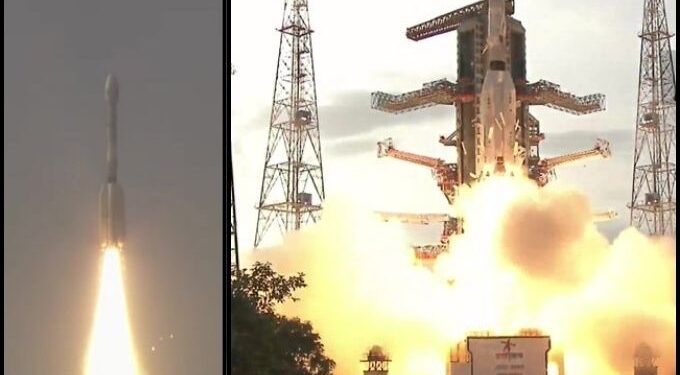The NASA-ISRO Synthetic Aperture Radar (NISAR) satellite was successfully launched today aboard India’s GSLV-F16 rocket from the Satish Dhawan Space Centre (SDSC) in Sriharikota.
The billion-dollar mission, jointly developed by the Indian Space Research Organisation (ISRO) and the United States’ National Aeronautics and Space Administration (NASA), aims to provide unparalleled insights into Earth’s ecosystems, climate patterns, and natural hazards. Once operational, NISAR will measure subtle changes on Earth’s surface with remarkable accuracy—monitoring everything from glaciers and forests to urban expansion and seismic activity.
Equipped with advanced dual-frequency radar systems (L-band by NASA and S-band by ISRO), NISAR is expected to revolutionise satellite-based Earth observation. The data it collects will help scientists worldwide understand the planet’s dynamic processes and support global efforts in climate change mitigation and disaster response.
With the successful liftoff of GSLV-F16, India further cements its growing role in international space partnerships. As scientists and engineers celebrate the launch, the world looks forward to the valuable stream of data NISAR promises to deliver.





























